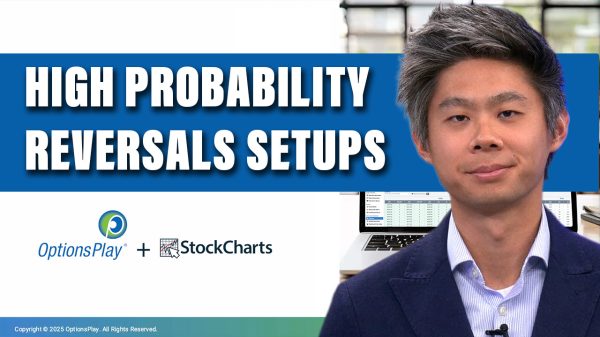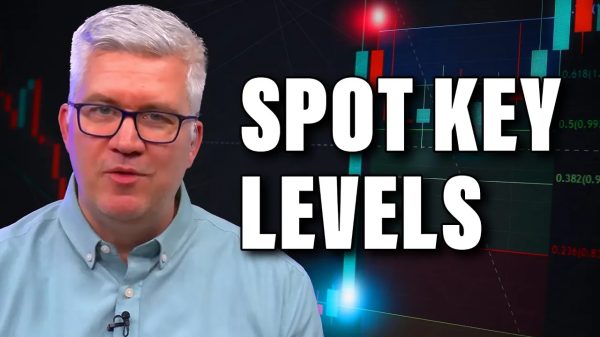What Is BOS in Trading? – Advantages and disadvantages
BOS, or Buy on Spot, is a widely employed trading strategy within the forex market. This approach entails purchasing a currency pair at its current market price rather than waiting for substantial price movements.
In this article, we will explore the concept of BOS in forex, how it functions, its associated advantages and disadvantages, and the steps to incorporate it effectively into your trading strategy.
What is BOS in trading?
BOS is a trading strategy preferred by traders who believe that the prevailing market price offers a favorable value proposition for the specific currency pair they wish to trade. It is worth mentioning that BOS is a short-term strategy that relies on swift market analysis and immediate execution.
Now, you know what to answer if someone asks, “What is BOS in trading?” The next question is, “How does it work?”
The BOS strategy is grounded in the notion that the forex market continually fluctuates, presenting ongoing profit opportunities.
Traders employing this strategy believe that they can capitalize on these fluctuations by purchasing a currency pair at its current market price and subsequently selling it when its value appreciates.
The strategy is straightforward: when a trader identifies a currency pair they deem to be undervalued, they execute a buy order at the current market price. They then retain the position until the price increases, at which point they sell the pair to realize a profit.
Advantages and disadvantages of BOS
Let’s discuss the advantages and disadvantages of BOS. We can start with the advantages.
Quick execution: As stated earlier, Buy on Spot is a short-term strategy that demands rapid execution. Traders utilizing this approach can promptly enter and exit trades, allowing them to exploit fleeting market movements.
Lower risk: As BOS traders acquire currency pairs at the prevailing market price, they face lower risk. They don’t await significant price movements, reducing exposure to sudden price declines.
Flexibility: BOS is a versatile trading strategy applicable to various market conditions. Traders can employ it in both bullish and bearish markets and switch between different currency pairs as needed.
We also need to discuss the disadvantages of BOS.
Limited profits: BOS is a short-term strategy, resulting in relatively modest profits. Traders aren’t waiting for substantial price movements, which generally limits the size of their gains.
Limited market analysis: BOS necessitates quick market analysis, potentially leaving traders with insufficient time for thorough market assessments. Hastened decision-making can lead to suboptimal trading choices.
Emotion-driven trading: The above-mentioned strategy can sometimes be influenced by emotions, leading to impulsive entries and exits based on sentiment rather than thorough market analysis. This emotional aspect can result in poor trading decisions and losses.
Implementing BOS in your trading strategy
If you wish to incorporate the BOS strategy into your trading approach, consider the following steps:
Identify undervalued currency pairs: To utilize the strategy effectively, you must pinpoint currency pairs that appear undervalued. This necessitates comprehensive market analysis and a grasp of the factors influencing currency prices.
Set entry and exit points: Once you’ve spotted an undervalued currency pair, establish your entry and exit points. This process demands a thorough understanding of market dynamics and the factors impacting currency prices.
Monitor the market: Successful application of the BOS strategy requires vigilant market monitoring. Stay attuned to market developments and be prepared to adjust your strategy as needed.
Set your stop-loss: In order to reduce potential losses, you need to implement a stop-loss order. This will automatically close out your trade if the currency pair’s price falls below a predetermined level.
The importance of risk management
Risk management is a fundamental aspect of Forex trading, and it plays a crucial role in determining a trader’s long-term success. Forex is known for its volatility, where currencies can experience rapid and unpredictable price movements.
Effective risk management strategies are essential to protect capital and minimize potential losses while maximizing profit potential. Here are some key elements of risk management in Forex trading:
Position sizing: Proper position sizing is vital in managing risk. This involves determining the amount of capital to allocate to each trade. A common rule of thumb is to risk only a small percentage of your trading capital on a single trade, typically ranging from 1% to 3%. By adhering to this rule, traders can withstand a series of losing trades without depleting their accounts.
Stop-loss orders: A stop-loss order is an essential tool for limiting potential losses. It allows traders to specify a price level at which a trade should be automatically closed if the market moves against them. Placing a stop-loss order helps prevent emotional decision-making and ensures that losses are controlled.
Take-profit orders: In addition to stop-loss orders, take-profit orders are used to lock in profits when a trade reaches a predetermined price level. This prevents traders from becoming too greedy and allows them to secure gains without exposing themselves to the risk of a reversal.
Risk-reward ratio
Traders should always assess the risk-reward ratio before entering a trade. This ratio compares the potential profit (reward) to the potential loss (risk) on a trade.
A favorable risk-reward ratio typically involves seeking trades where the potential reward is at least two or three times greater than the potential risk.
Hopefully, it is quite easy to remember “What is BOS in trading?”
BOS, or Buy on Spot, is a strategy centered on purchasing a currency pair at the current market price without waiting for significant price movements.
It is a short-term strategy reliant on quick market analysis and execution. While it offers distinct advantages and disadvantages, BOS can be a valuable tool in a trader’s toolkit when employed judiciously.
Effective implementation requires a solid grasp of market analysis, an understanding of the factors influencing currency prices, and diligent market monitoring.
The post What Is BOS in Trading? – Advantages and disadvantages appeared first on FinanceBrokerage.























